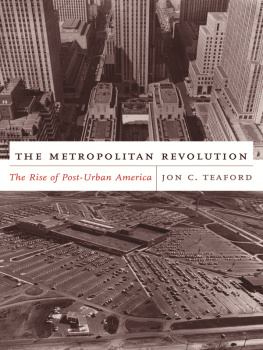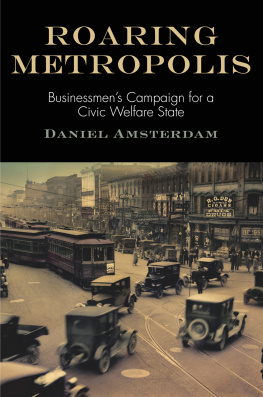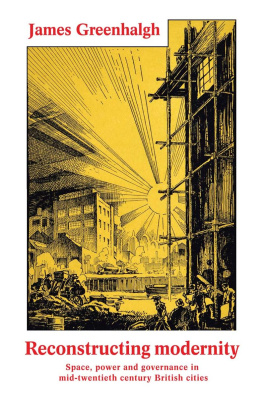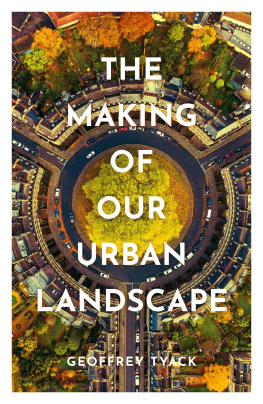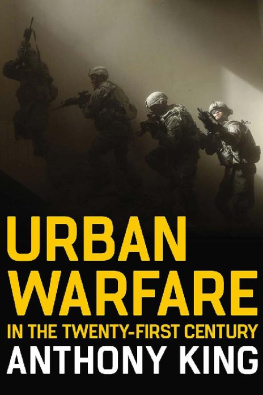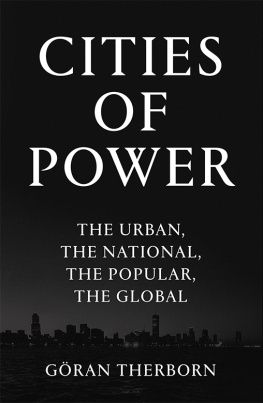Jon C. Teaford - The 20th-Century American City: Problem, Promise & Reality
Here you can read online Jon C. Teaford - The 20th-Century American City: Problem, Promise & Reality full text of the book (entire story) in english for free. Download pdf and epub, get meaning, cover and reviews about this ebook. year: 2016, publisher: Johns Hopkins University Press, genre: History. Description of the work, (preface) as well as reviews are available. Best literature library LitArk.com created for fans of good reading and offers a wide selection of genres:
Romance novel
Science fiction
Adventure
Detective
Science
History
Home and family
Prose
Art
Politics
Computer
Non-fiction
Religion
Business
Children
Humor
Choose a favorite category and find really read worthwhile books. Enjoy immersion in the world of imagination, feel the emotions of the characters or learn something new for yourself, make an fascinating discovery.

- Book:The 20th-Century American City: Problem, Promise & Reality
- Author:
- Publisher:Johns Hopkins University Press
- Genre:
- Year:2016
- Rating:5 / 5
- Favourites:Add to favourites
- Your mark:
The 20th-Century American City: Problem, Promise & Reality: summary, description and annotation
We offer to read an annotation, description, summary or preface (depends on what the author of the book "The 20th-Century American City: Problem, Promise & Reality" wrote himself). If you haven't found the necessary information about the book — write in the comments, we will try to find it.
Throughout the twentieth century, the city was deemed a problematic space, one that Americans urgently needed to improve. Although cities from New York to Los Angeles served as grand monuments to wealth and enterprise, they also reflected the social and economic fragmentation of the nation. Race, ethnicity, and class splintered the metropolis both literally and figuratively, thwarting efforts to create a harmonious whole. The urban landscape revealed what was rightand wrongwith both the country and its citizens way of life.
In this thoroughly revised edition of his highly acclaimed book, Jon C. Teaford updates the story of urban America by expanding his discussion to cover the end of the twentieth century and the first years of the next millennium. A new chapter on urban revival initiatives at the close of the century focuses on the fight over suburban sprawl as well as the mixed success of reimagining historic urban cores as hip new residential and cultural hubs. The book also explores the effects of the late-century immigration boom from Latin America and Asia, which has complicated the metropolitan ethnic portrait.
Drawing on wide-ranging primary and secondary sources, Teaford describes the complex social, political, economic, and physical development of US urban areas over the course of the long twentieth century. Touching on aging central cities, technoburbs, and the ongoing conflict between inner-city poverty and urban boosterism, The Twentieth-Century American City offers a broad, accessible overview of Americas persistent struggle for a better city.
Jon C. Teaford: author's other books
Who wrote The 20th-Century American City: Problem, Promise & Reality? Find out the surname, the name of the author of the book and a list of all author's works by series.

